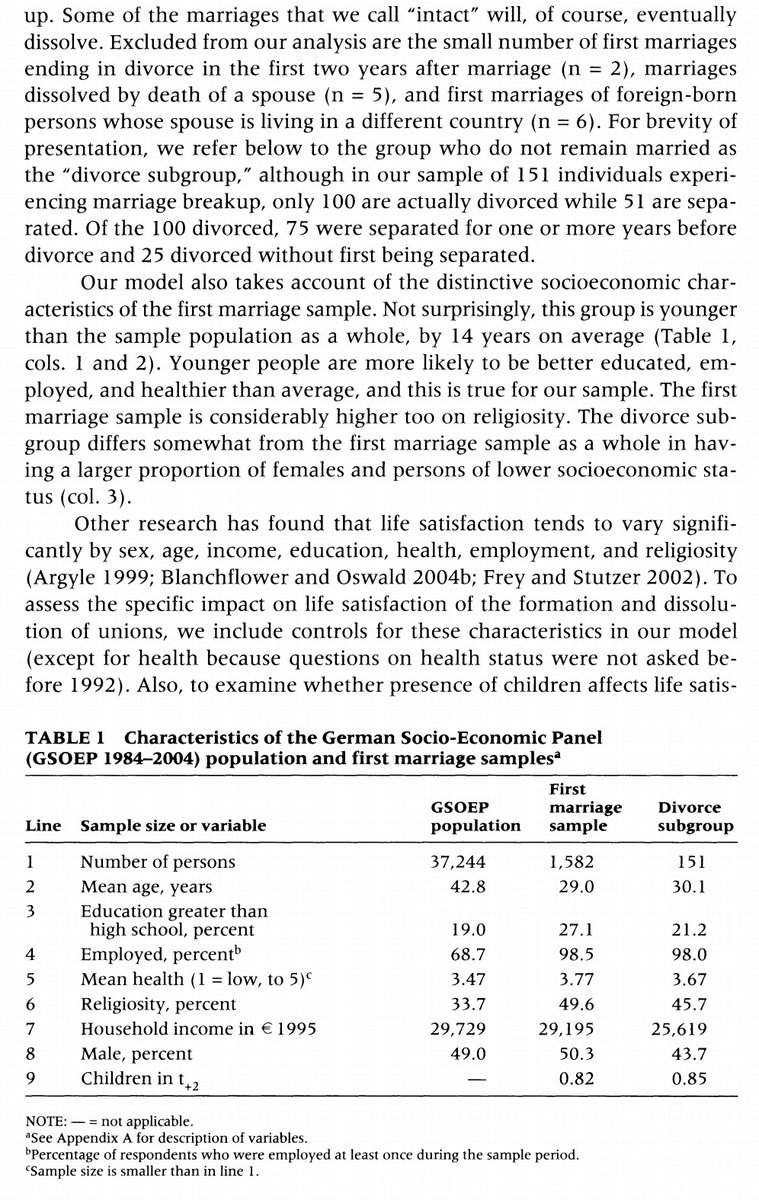1/ The Wealthy Renter: How to Choose Housing That Will Make You Rich (Alex Avery)
"As the biggest expense of our lives, how well we manage the cost of our housing has a greater impact on our cost of living than any other factor." (p. 7)
amazon.com/Wealthy-Renter…
"As the biggest expense of our lives, how well we manage the cost of our housing has a greater impact on our cost of living than any other factor." (p. 7)
amazon.com/Wealthy-Renter…

• • •
Missing some Tweet in this thread? You can try to
force a refresh




























